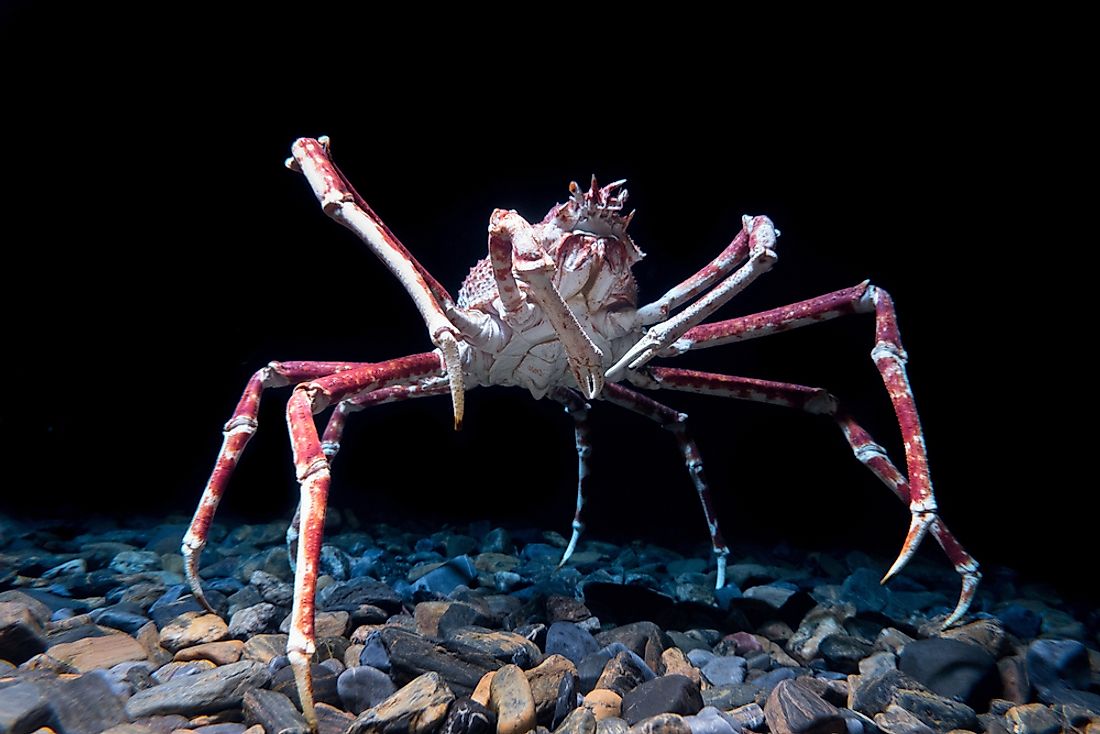What Is Deep-Sea Gigantism?

The deeper down one goes in the sea, the stranger (bigger) things become. Creatures like the crabs and the isopods that are found in the shallow waters are usually of ordinary sizes while those that are found in the deep waters are seen to be abnormally huge.
What Is Deep-Sea Gigantism?
Deep sea-gigantism is defined as the tendency of the sea creatures such as the invertebrates, vertebrates and all the other sea creatures to be larger in deep-sea waters while those creatures that exist in the shallow waters tend to be smaller. Several explanations have tried to explain the concept behind this behavior, some relating it with the scarcity of food, greater pressure, and the cold temperature at the deep part of the sea.
What Causes Deep-Sea Gigantism?
The abnormal growth in the size of deep-sea animals can only be explained under two rules, that is the Kleiber’s rule and the Bergmann’s rule.
The first rule (the Kleiber’s rule) states that larger animals are more efficient than the small animals. This theory also takes into consideration the surface area to volume ratio of the sea animals and the fractal nature of blood vessels. Large creatures that exist in the deep oceans normally depend on food that drops from above them. It means that there is scarce food at this level. Thus, these deep swimming animals are more efficient and therefore become larger.
The Bergman’s rule, on the other hand, states that sea animals tend to increase in body size with decrease in temperature. Most of the large sea animals are typically found in colder regions while the small sea creatures are found in the warm regions. For these swimming animals, the low temperatures in their habitats lead to increased cell size and lifespan.
Examples of Animals Exhibiting Deep-Sea Gigantism
One of the most common illustrations of deep-sea gigantism is the colossal squid that lives at 7,200 feet below the sea. At this level, the colossal squid is believed to be able to increase in weight to around 1,500 pounds and grows to a height more than 45 feet long. Giant isopods, distant cousins of shrimps and crabs, are found in the deep cold waters of the Pacific Ocean, the Atlantic Ocean, and the Arctic Ocean. The giant isopod is also a perfect example of deep-sea gigantism. Usually, the isopods grow to about eight to fifteen centimeters while the isopods that exist in the deep cold sea waters grow to about 76 centimeters and weigh approximately 1.7 kilograms. The large size of these isopods makes them be termed as the giant isopods. The Japanese spider crab is another example. They are the grown-up Japanese crabs that are found at depths of above 6,000 meters and can grow to gigantic sizes of about twelve meters. They weigh around 20 kilograms. The Riftia pachyptila, commonly referred to as the giant tubeworm, is another case of the deep-sea gigantism. These worms can grow to sizes of up to 2.4 meters. In addition, their cylindrical bodies have a diameter of four centimeters.











